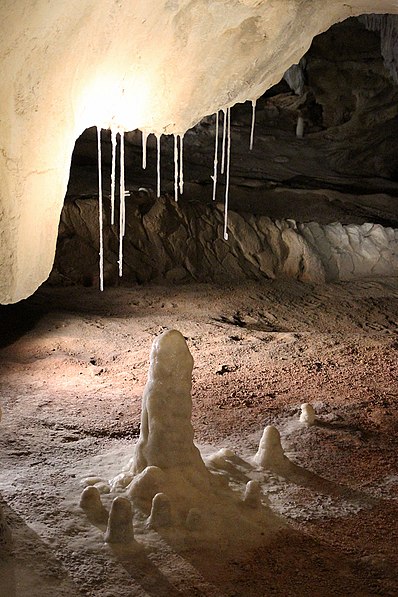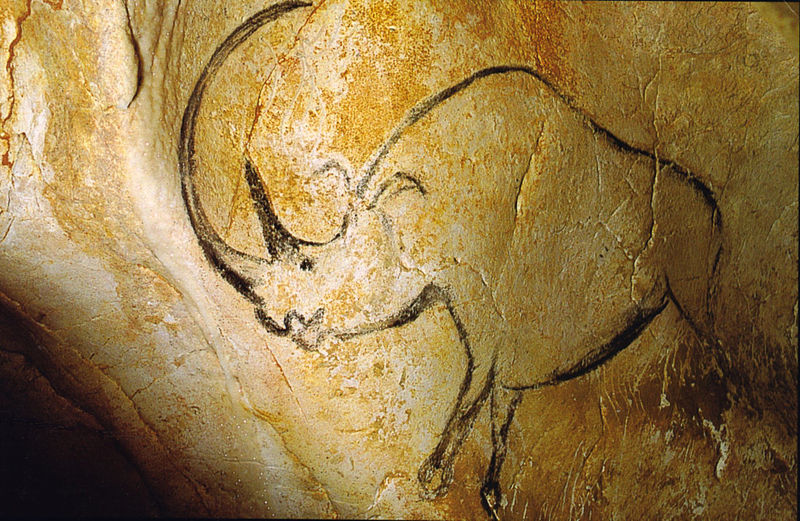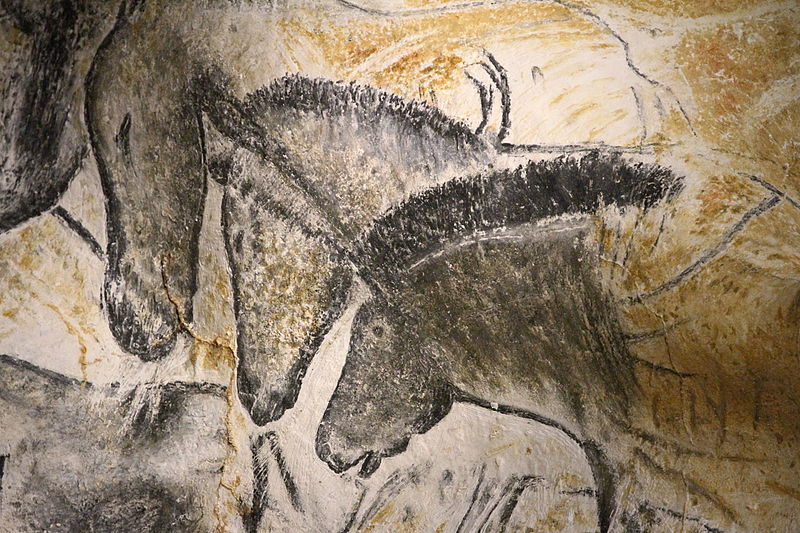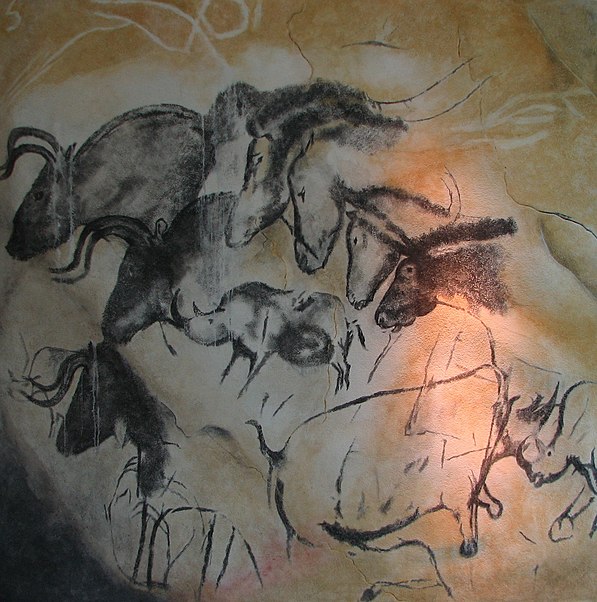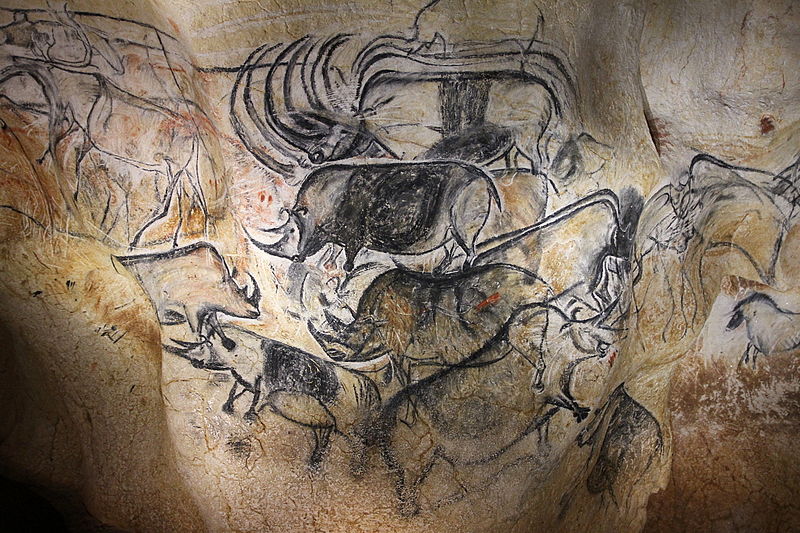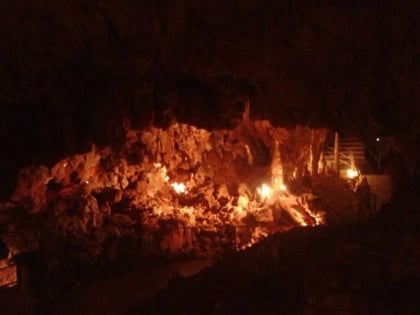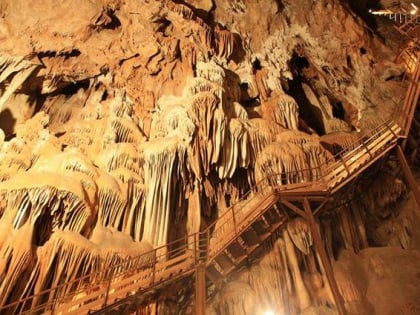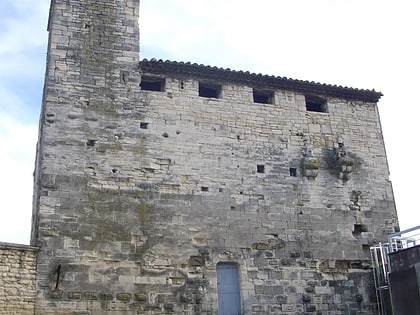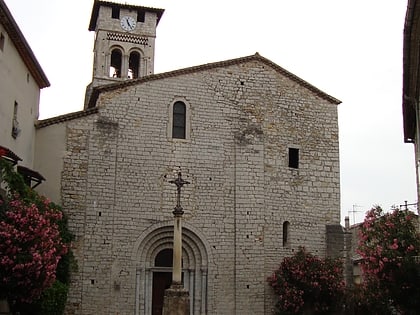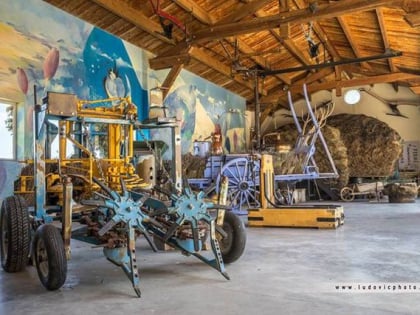Chauvet Cave
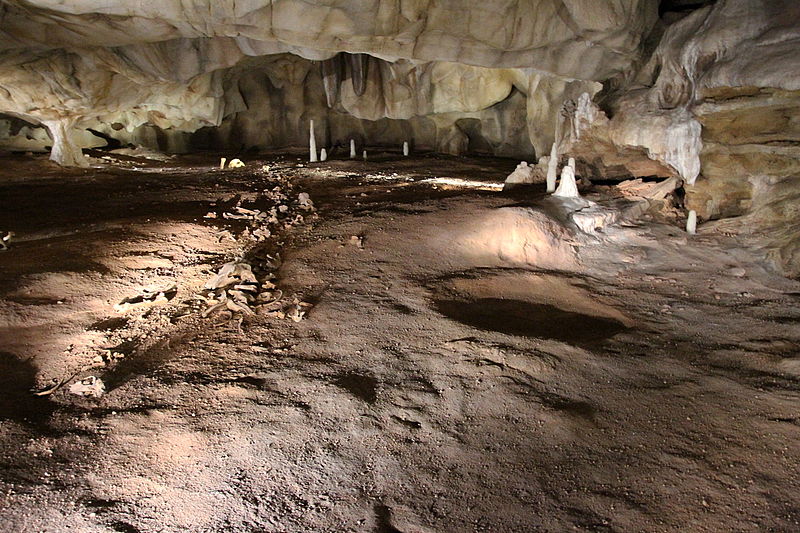
Facts and practical information
Nestled in the limestone hills of the Ardèche region, the Chauvet Cave stands as a prehistoric marvel, a window into the artistic soul of humanity's ancient ancestors. Discovered in 1994, this cave is renowned for its pristine condition and the richness of its Paleolithic art. Within its chambers lie some of the earliest known and best-preserved figurative drawings in the world, believed to be around 32,000 years old.
The Chauvet Cave, named after one of its discoverers, Jean-Marie Chauvet, is a treasure trove of over 400 animal representations adorning its walls. These spectacular drawings depict a variety of creatures, from horses and lions to rhinoceroses and owls, capturing the dynamism and diversity of the Pleistocene epoch's wildlife. The artists who created these works demonstrated sophisticated techniques, including the use of shading and perspective, which challenge the often-underestimated capabilities of Ice Age artisans.
Due to the delicate nature of the cave's environment and the need to preserve these invaluable artworks, the Chauvet Cave is not open to the public. However, a meticulously crafted replica, known as the Pont d'Arc Cavern, offers visitors the opportunity to experience the grandeur of the Chauvet Cave's art in a controlled setting. This replica serves as a testament to the ingenuity and creativity of our distant forebears and underscores the importance of preserving cultural heritage.
Chauvet Cave – popular in the area (distance from the attraction)
Nearby attractions include: Pont d'Arc, Aven d'Orgnac, Gorges de l'Ardèche, Caverne du Pont-d'Arc.


